Home>Gardening & Outdoor>Outdoor Structures>What Is A Permanent Awning Called
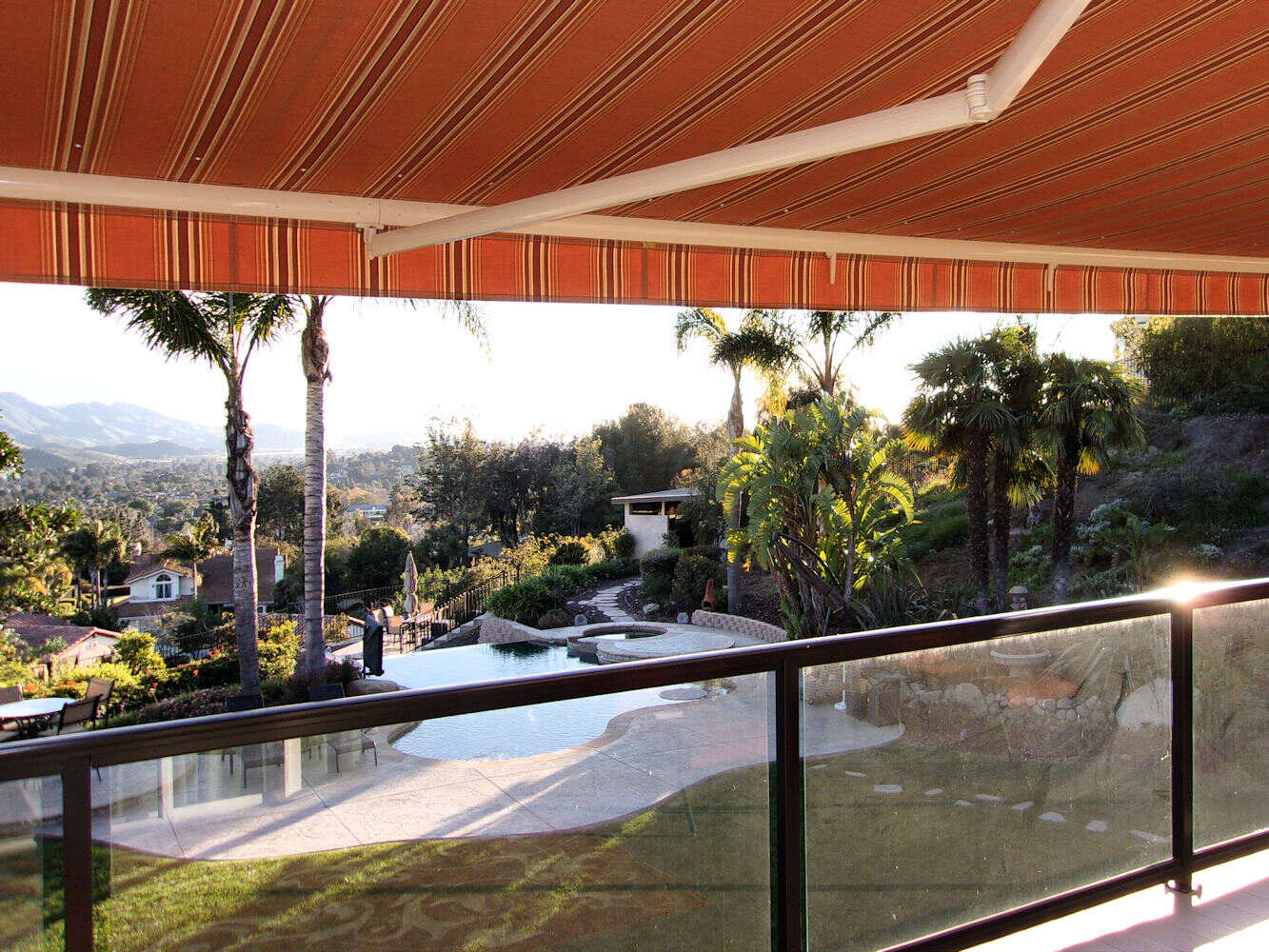

Outdoor Structures
What Is A Permanent Awning Called
Modified: March 24, 2024
Discover the perfect outdoor structure for your space with our guide to what a permanent awning is called. Explore the benefits and options for outdoor structures.
(Many of the links in this article redirect to a specific reviewed product. Your purchase of these products through affiliate links helps to generate commission for Storables.com, at no extra cost. Learn more)
Introduction
Welcome to the world of outdoor living, where the gentle caress of a cool breeze meets the warmth of the sun, and the beauty of nature envelops you in a cocoon of tranquility. Whether you are savoring a morning cup of coffee or hosting a delightful gathering with friends and family, the allure of your outdoor space is undeniable. To enhance this experience, many homeowners turn to permanent awnings, a versatile and stylish addition to their homes.
A permanent awning is a structure that offers both practical and aesthetic benefits, serving as a shelter from the elements while adding a touch of elegance to any outdoor setting. These fixtures are designed to withstand various weather conditions, providing shade and protection from rain, allowing you to make the most of your outdoor space throughout the year.
In this article, we will delve into the world of permanent awnings, exploring their different types, benefits, and key considerations when installing them. Whether you are a homeowner looking to elevate your outdoor living experience or a business owner seeking to enhance your commercial space, this comprehensive guide will equip you with the knowledge needed to make informed decisions and transform your outdoor area into a haven of comfort and style. So, let's embark on this journey to discover the beauty and functionality of permanent awnings.
Key Takeaways:
- Permanent awnings provide year-round shelter and elegance for outdoor spaces, enhancing comfort and energy efficiency while extending living areas.
- When considering permanent awning installation, factors like location, material, design, regulations, maintenance, and professional installation are crucial for optimal functionality and seamless integration.
Read more: What Is An Awning
Definition of a Permanent Awning
At its core, a permanent awning is a fixed structure that provides shelter and shade to outdoor spaces. Unlike temporary awnings that can be retracted or removed, permanent awnings are designed to remain in place for an extended period. These structures are typically attached to the exterior of a building, such as a home or commercial establishment, and are custom-built to complement the architectural style of the property.
Permanent awnings are crafted from a variety of materials, including aluminum, steel, fabric, and polycarbonate, offering durability and versatility to suit different design preferences and functional requirements. They can be tailored to fit specific dimensions, making them an ideal solution for covering patios, decks, windows, and entryways, among other outdoor areas.
One of the distinguishing features of permanent awnings is their ability to withstand the elements year-round. Whether it’s shielding against the scorching sun during the summer months or providing a barrier against rain and snow in inclement weather, these structures offer reliable protection, allowing individuals to enjoy their outdoor spaces in comfort and safety.
Furthermore, permanent awnings contribute to energy efficiency by reducing the amount of direct sunlight that enters a building, thereby helping to regulate indoor temperatures and potentially lowering cooling costs. In addition to their functional attributes, permanent awnings enhance the visual appeal of a property, adding character and charm while creating inviting outdoor environments for relaxation, entertainment, and leisure activities.
As we continue our exploration of permanent awnings, let’s delve into the various types available, each offering unique features and design possibilities to suit diverse preferences and practical needs.
Types of Permanent Awnings
Permanent awnings come in a range of styles, each tailored to meet specific functional and aesthetic requirements. Understanding the various types of permanent awnings can help homeowners and business owners select the most suitable option for their outdoor spaces. Here are some popular types of permanent awnings:
- Fixed Frame Awnings: These awnings feature a sturdy, non-retractable frame that is permanently installed on the exterior of a building. Fixed frame awnings offer robust protection from the elements and can be customized in terms of shape, size, and material to complement the architectural design of the property.
- Retractable Awnings: While traditional permanent awnings remain in place, retractable awnings provide the flexibility to extend or retract the canopy as needed. They are ideal for individuals who desire the option to adjust the amount of sunlight and shade in their outdoor spaces, offering versatility and control over the environment.
- Patio Awnings: Specifically designed to cover outdoor patio areas, these permanent awnings provide shade and shelter for al fresco dining, relaxation, and social gatherings. Patio awnings can be tailored to fit the dimensions of the patio, creating a comfortable and inviting outdoor oasis.
- Window and Door Awnings: These awnings are installed above windows and doors to protect the interior of a building from direct sunlight, rain, and snow. They enhance curb appeal while offering practical benefits such as energy efficiency and protection of interior furnishings from sun damage.
- Commercial Awnings: Tailored for businesses, commercial awnings serve as a branding tool while providing shade and shelter for outdoor seating areas, storefronts, and entrances. They can be customized with logos, signage, and lighting to enhance visibility and create a welcoming exterior for commercial establishments.
Each type of permanent awning offers distinct advantages, whether it’s enhancing outdoor living spaces, protecting interior areas from the elements, or promoting a business’s identity and visibility. By understanding the unique features of these awning types, individuals can make informed decisions when choosing the most suitable option for their specific needs.
A permanent awning is called a “fixed awning” because it is permanently attached to a building or structure. It provides long-term protection from the sun and rain.
Benefits of Permanent Awnings
Permanent awnings offer a myriad of benefits that enhance both residential and commercial properties, making them a valuable addition to outdoor spaces. Here are some of the key advantages of installing permanent awnings:
- Shade and Comfort: One of the primary benefits of permanent awnings is the provision of shade, creating comfortable outdoor areas for relaxation, dining, and socializing. By reducing direct exposure to sunlight, awnings help mitigate the heat, allowing individuals to enjoy their outdoor spaces even during the hottest hours of the day.
- Weather Protection: Permanent awnings provide shelter from various weather conditions, including rain, snow, and hail. They help protect outdoor furniture, equipment, and surfaces from the damaging effects of the elements, extending the longevity of outdoor amenities and reducing maintenance requirements.
- Energy Efficiency: By blocking direct sunlight from entering windows and doors, permanent awnings contribute to energy conservation by reducing cooling costs. They help regulate indoor temperatures, minimize solar heat gain, and alleviate the strain on air conditioning systems, resulting in potential energy savings for homeowners and businesses.
- Enhanced Curb Appeal: With their ability to complement and enhance the architectural aesthetics of a property, permanent awnings contribute to improved curb appeal. They add visual interest, depth, and character to the exterior, creating an inviting and polished look that elevates the overall appearance of the building.
- Outdoor Living Space Expansion: Permanent awnings effectively extend the usable living space of a property by providing covered outdoor areas. Whether it’s a sheltered patio, deck, or outdoor seating space for a commercial establishment, these structures offer additional square footage for various activities, increasing the functionality and versatility of outdoor environments.
- UV Protection: The fabric used in many permanent awnings is designed to block harmful UV rays, offering added protection for individuals and furnishings. This feature helps reduce the risk of sunburn and skin damage while safeguarding interior furnishings, flooring, and artwork from fading due to prolonged sun exposure.
These benefits collectively contribute to a more enjoyable, sustainable, and visually appealing outdoor experience, making permanent awnings a valuable investment for homeowners and businesses alike.
Considerations When Installing a Permanent Awning
When considering the installation of a permanent awning, several factors should be taken into account to ensure optimal functionality, aesthetics, and longevity. Here are key considerations to keep in mind when planning for the installation of a permanent awning:
- Location and Orientation: Assess the intended location for the awning, considering factors such as sun exposure, prevailing winds, and architectural features. The orientation of the awning can impact its effectiveness in providing shade and protection, making it essential to choose an optimal position for installation.
- Material Selection: Selecting the right material for the awning is crucial. Options include durable fabrics, aluminum, steel, and polycarbonate. Each material offers unique benefits in terms of durability, weather resistance, and aesthetic appeal. Consider the climate and environmental conditions in your area when choosing the most suitable material for your permanent awning.
- Design and Style: The design of the awning should harmonize with the architectural style of the building. Whether it’s a modern, sleek look or a classic, traditional design, the awning should complement the overall aesthetic of the property. Consider color, shape, and detailing to ensure a cohesive and visually appealing integration with the existing structure.
- Permitting and Regulations: Check local building codes and regulations regarding the installation of permanent awnings. Some areas may require permits or adherence to specific guidelines to ensure compliance with safety and zoning requirements. It’s important to be aware of any necessary permits or approvals before proceeding with the installation.
- Maintenance and Care: Consider the maintenance requirements of the chosen awning material. Some materials may require regular cleaning, treatments, or inspections to ensure their longevity and performance. Understanding the maintenance needs upfront can help in planning for ongoing care and upkeep of the permanent awning.
- Professional Installation: Engage experienced professionals for the installation of permanent awnings. Proper installation is essential for structural integrity, weather resistance, and long-term reliability. Working with reputable contractors or awning specialists can ensure the installation meets industry standards and provides optimal functionality.
By carefully considering these factors and addressing them during the planning and installation process, individuals can maximize the benefits of their permanent awnings while ensuring a seamless and aesthetically pleasing integration with their outdoor spaces.
Read more: What Are Grass Awns
Conclusion
As we conclude our exploration of permanent awnings, it becomes evident that these structures offer a seamless blend of practicality, style, and functionality, enriching outdoor living experiences for homeowners and businesses alike. From providing shelter and shade to enhancing energy efficiency and curb appeal, permanent awnings stand as versatile and valuable additions to outdoor spaces.
By understanding the diverse types of permanent awnings, individuals can select options that align with their specific needs and preferences, whether it’s creating a cozy patio retreat, protecting interior spaces from the elements, or enhancing the visual identity of a commercial establishment.
The benefits of permanent awnings extend beyond mere functionality, encompassing elements of comfort, sustainability, and aesthetic enhancement. They contribute to the expansion of outdoor living areas, offering opportunities for relaxation, entertainment, and social gatherings while promoting energy conservation and UV protection.
However, the installation of permanent awnings requires thoughtful consideration of factors such as location, material selection, design integration, permitting, maintenance, and professional installation. By addressing these considerations, individuals can ensure the seamless integration and long-term performance of their permanent awnings.
In essence, permanent awnings serve as a bridge between indoor comfort and outdoor allure, allowing individuals to embrace the beauty of nature while enjoying the comforts of home. Whether it’s basking in the dappled shade of a patio awning or savoring the inviting ambiance of a commercial storefront adorned with a branded awning, these fixtures elevate the outdoor experience and leave a lasting impression.
As you embark on your journey to enhance your outdoor spaces, may the knowledge and insights shared in this guide empower you to make informed decisions and transform your outdoor areas into havens of comfort, style, and functionality. Embrace the allure of permanent awnings, and let them become a seamless extension of your outdoor lifestyle and architectural identity.
Frequently Asked Questions about What Is A Permanent Awning Called
Was this page helpful?
At Storables.com, we guarantee accurate and reliable information. Our content, validated by Expert Board Contributors, is crafted following stringent Editorial Policies. We're committed to providing you with well-researched, expert-backed insights for all your informational needs.
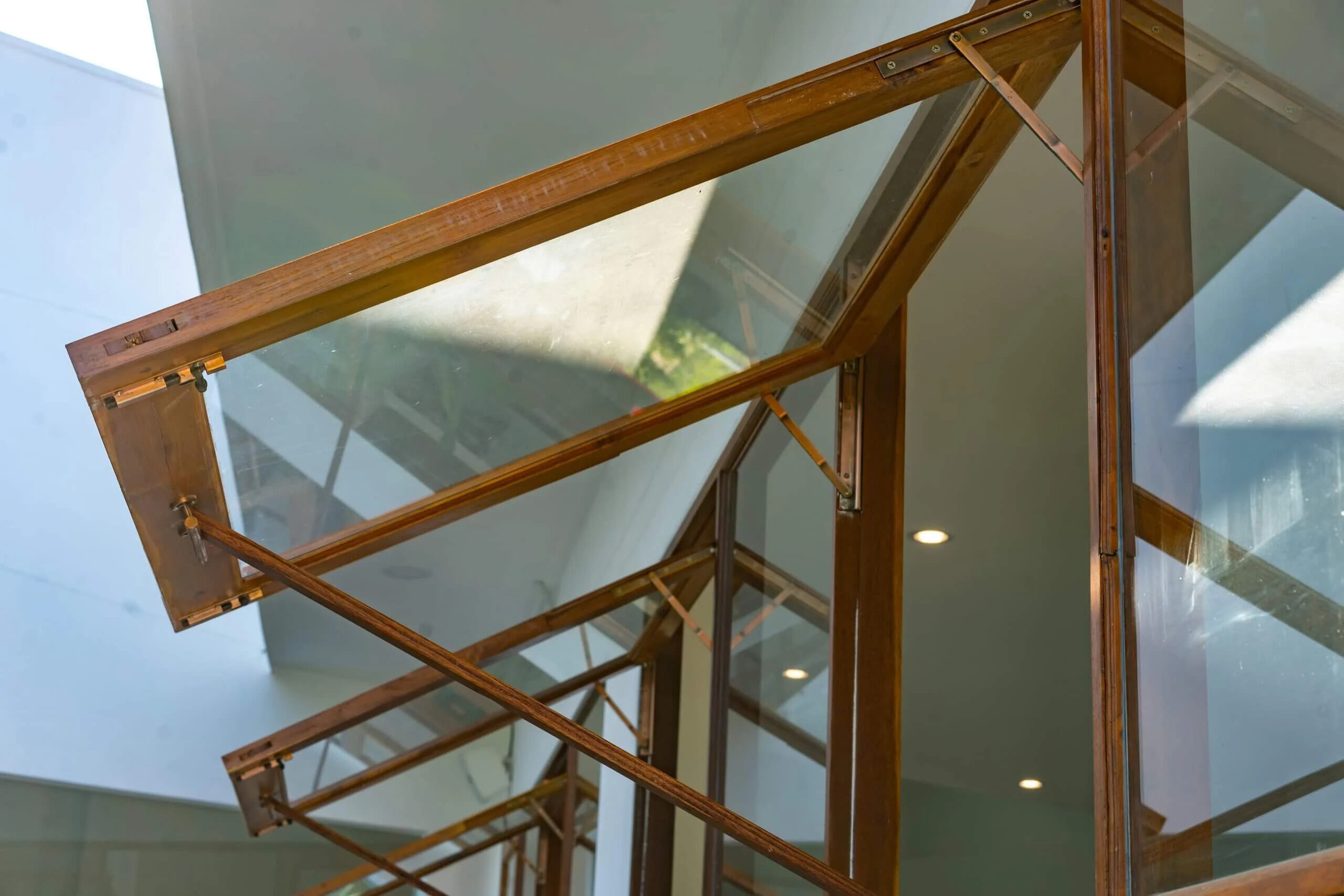
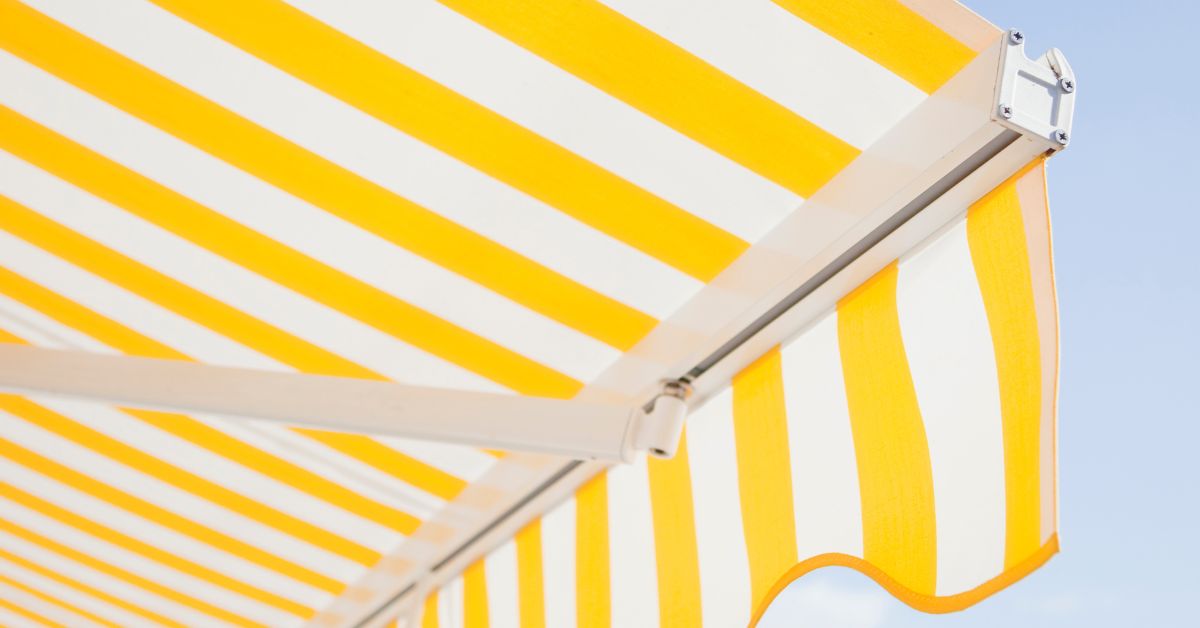
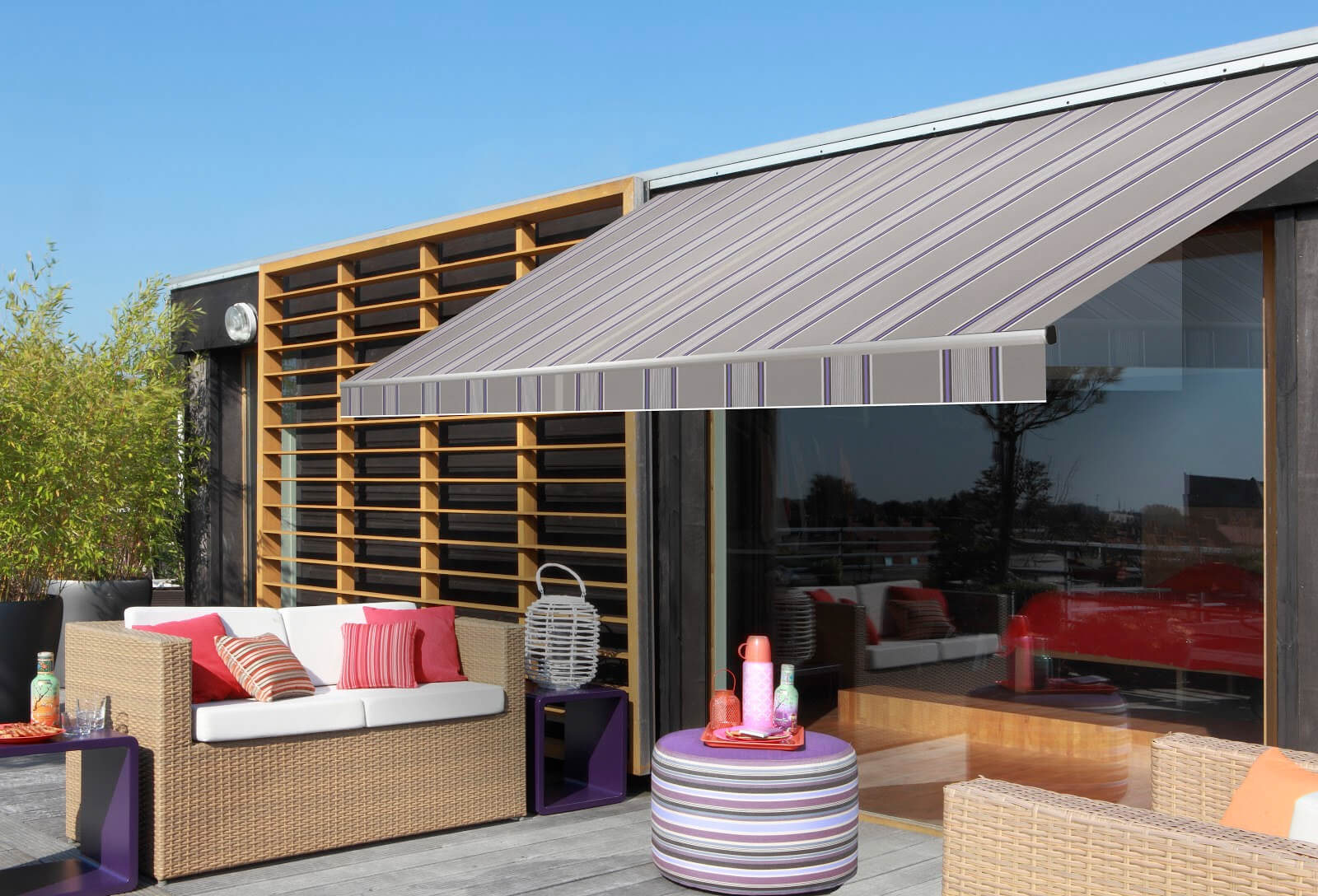

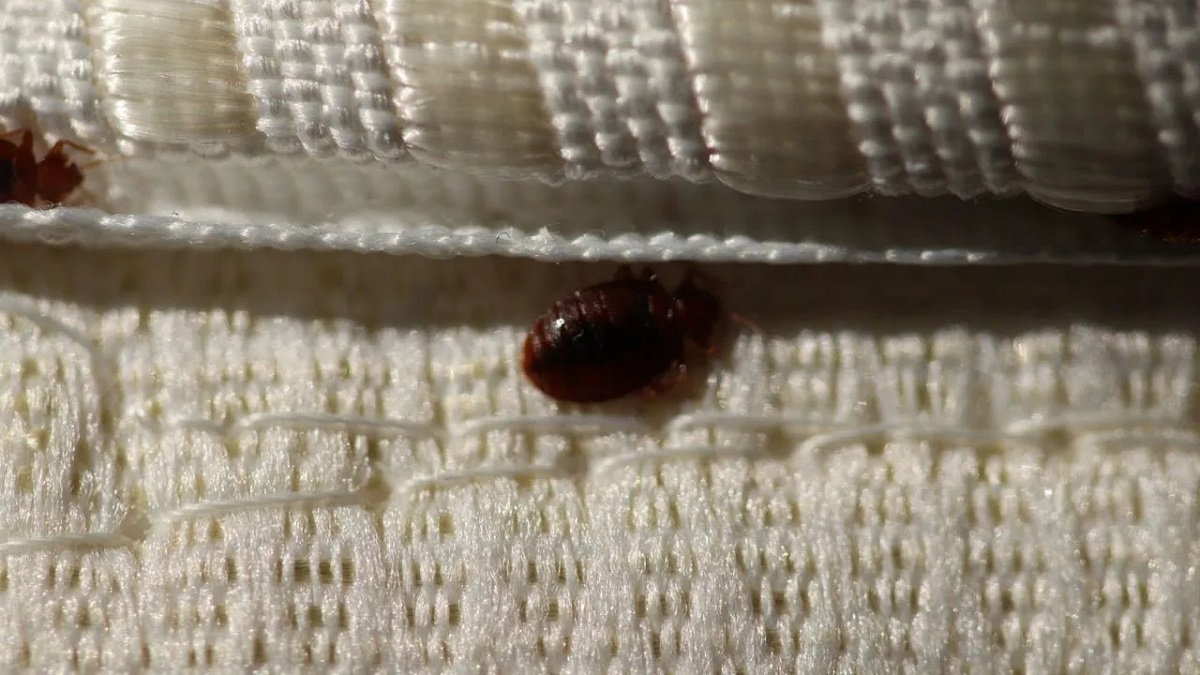
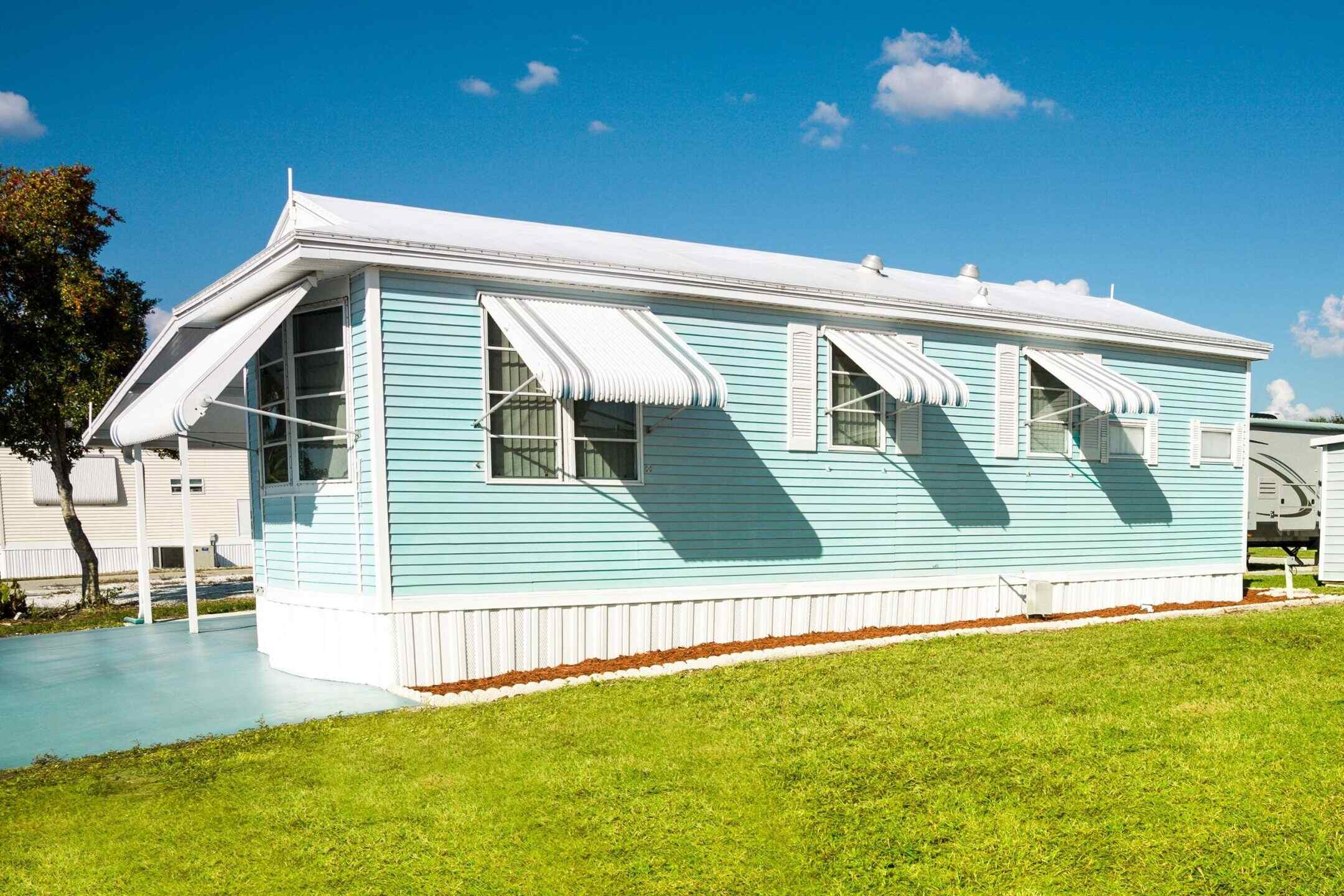
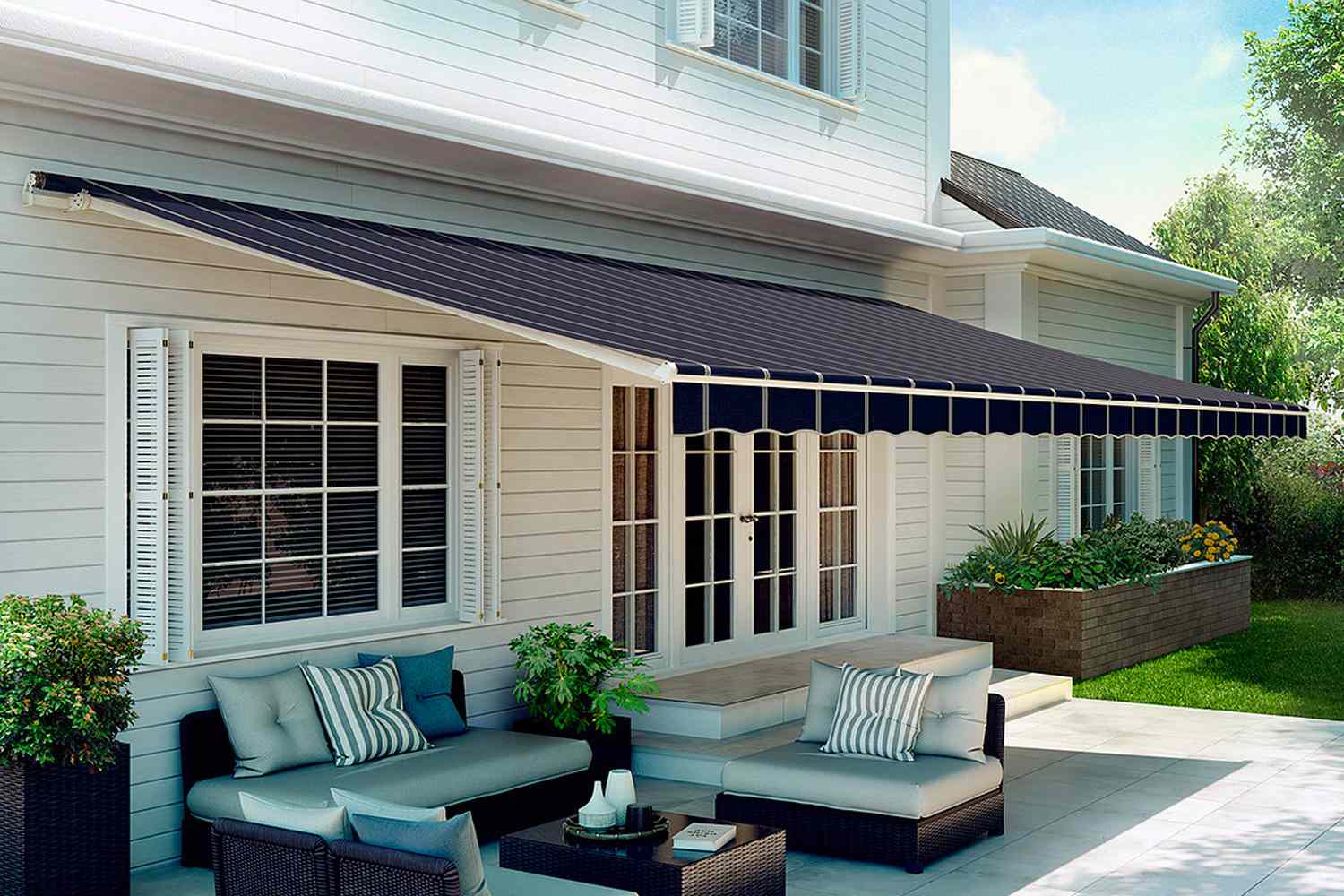
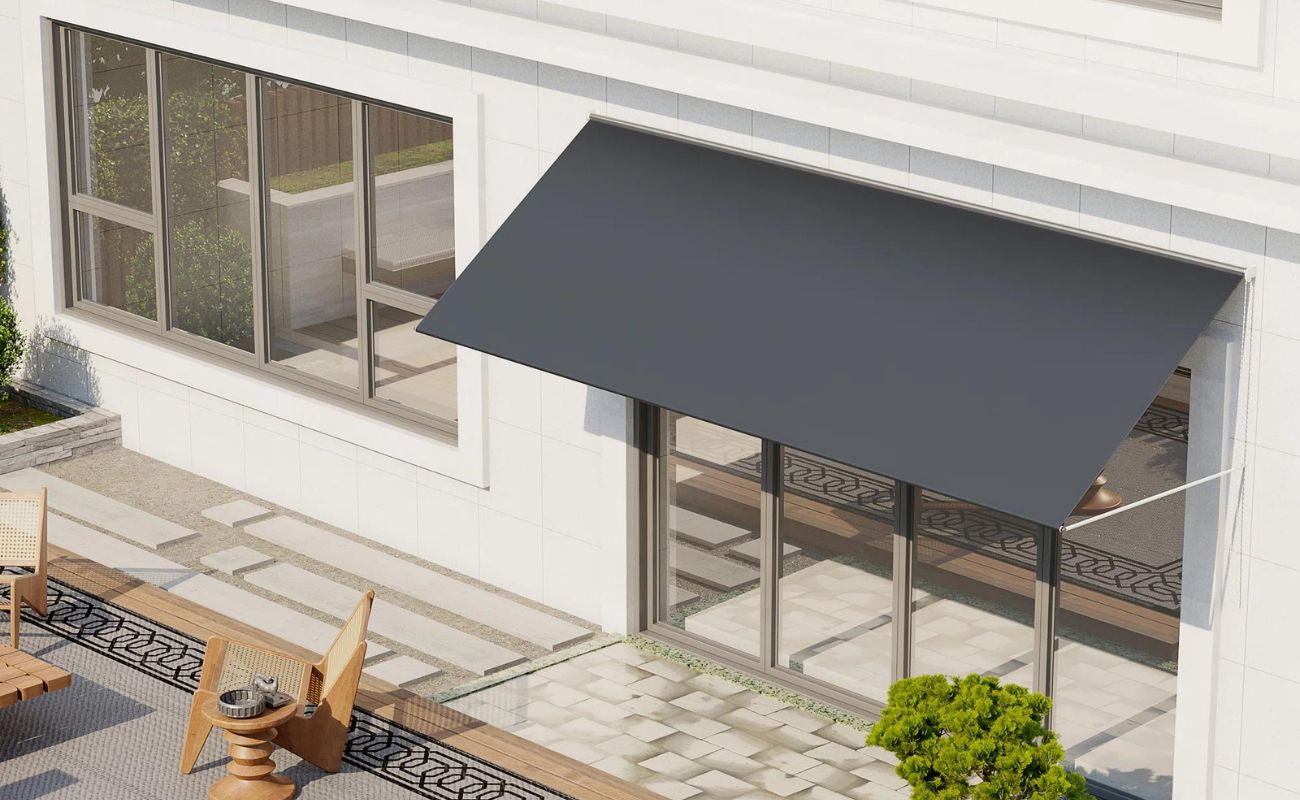
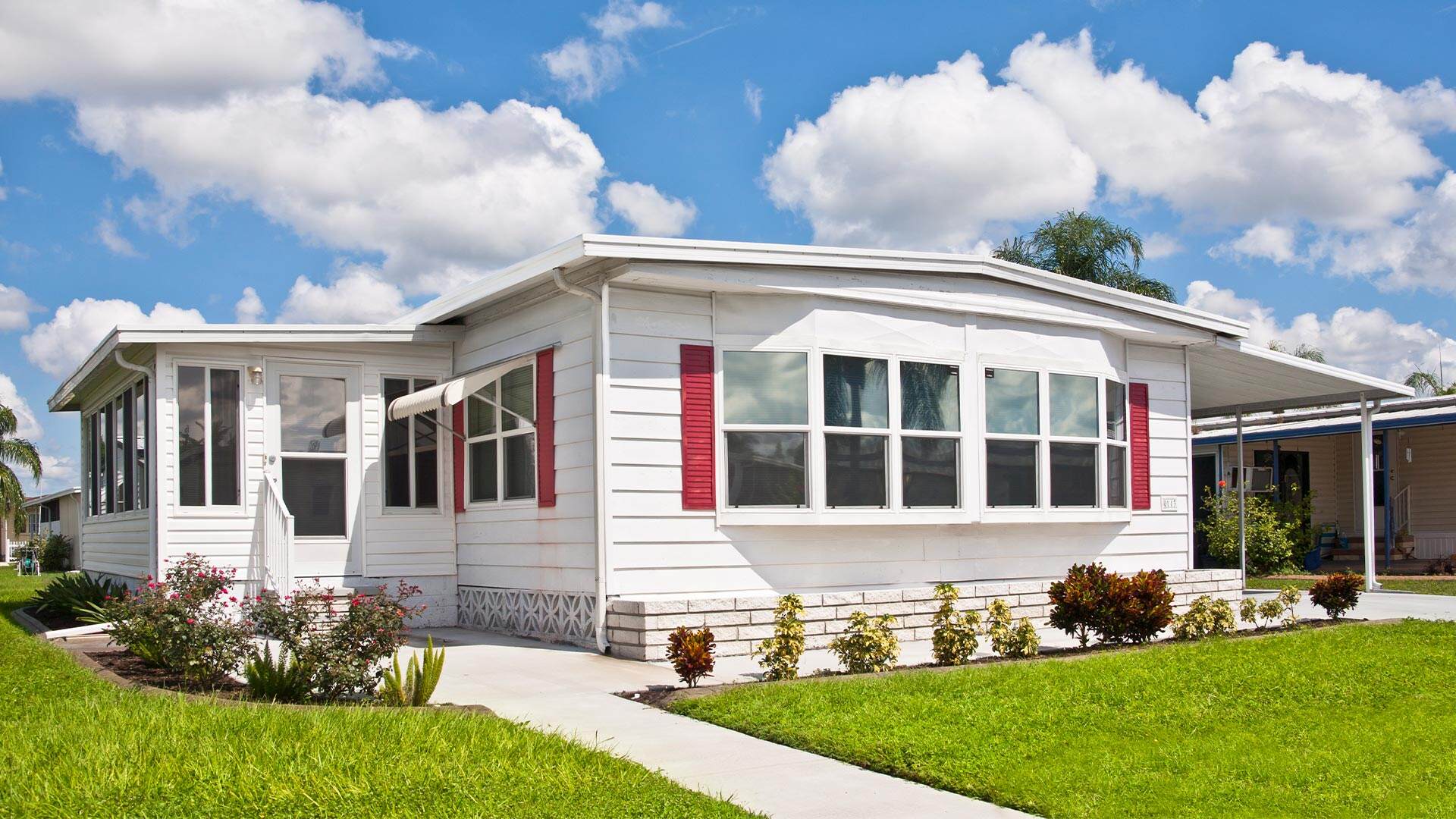
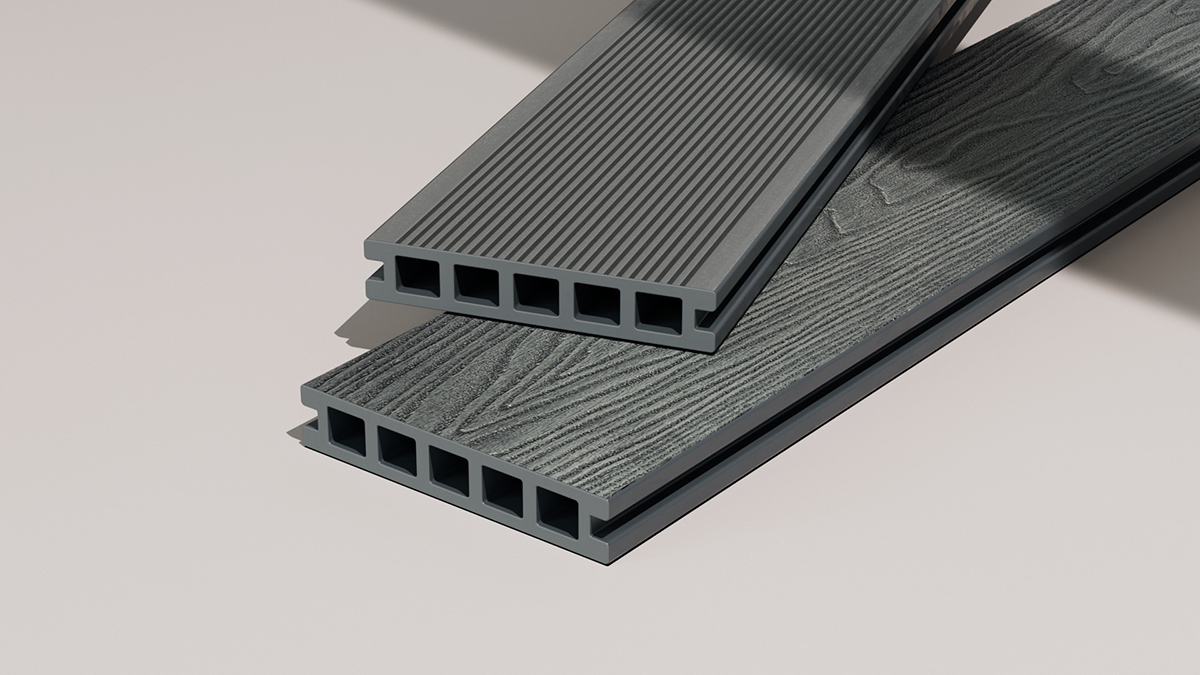
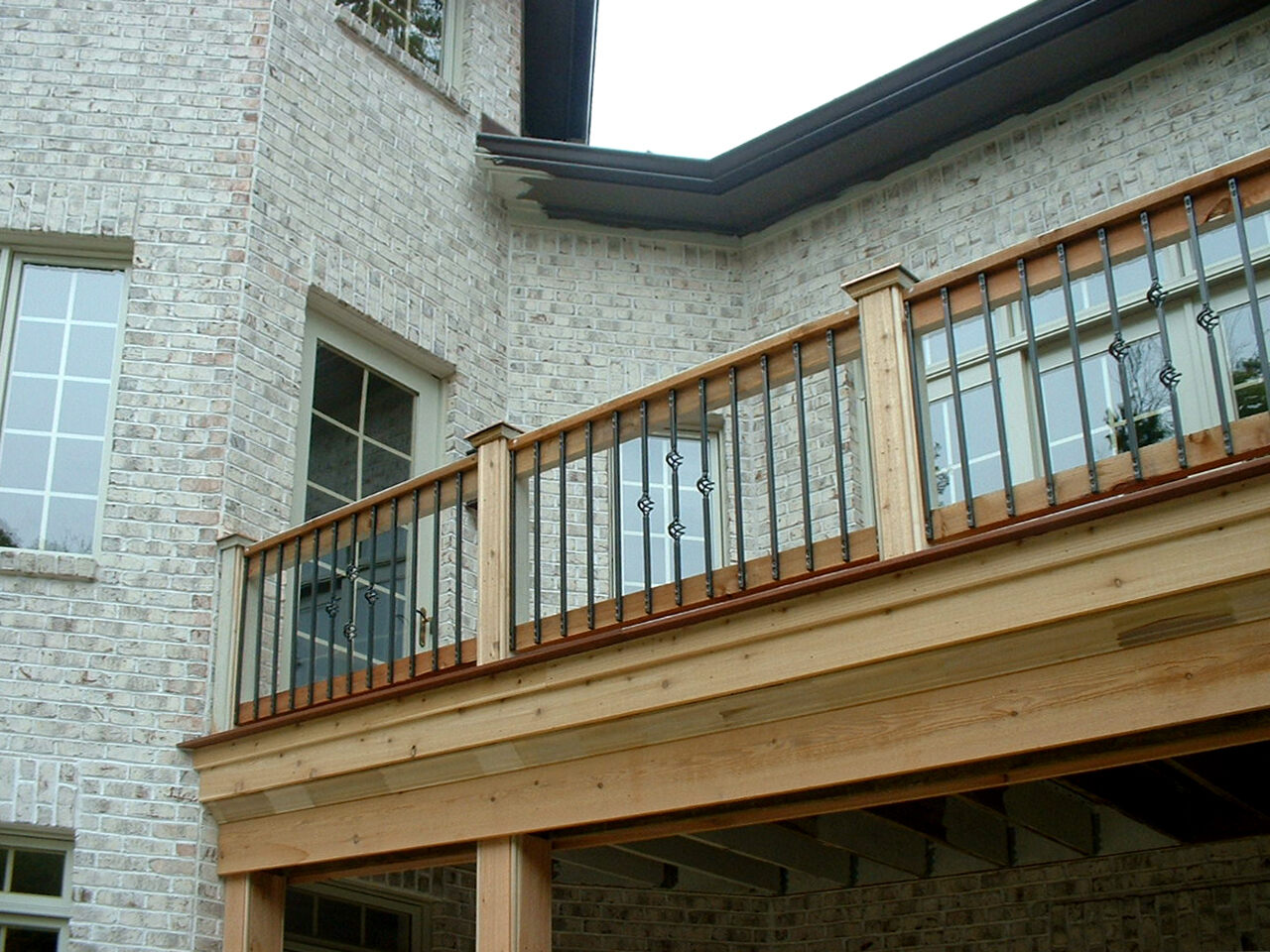
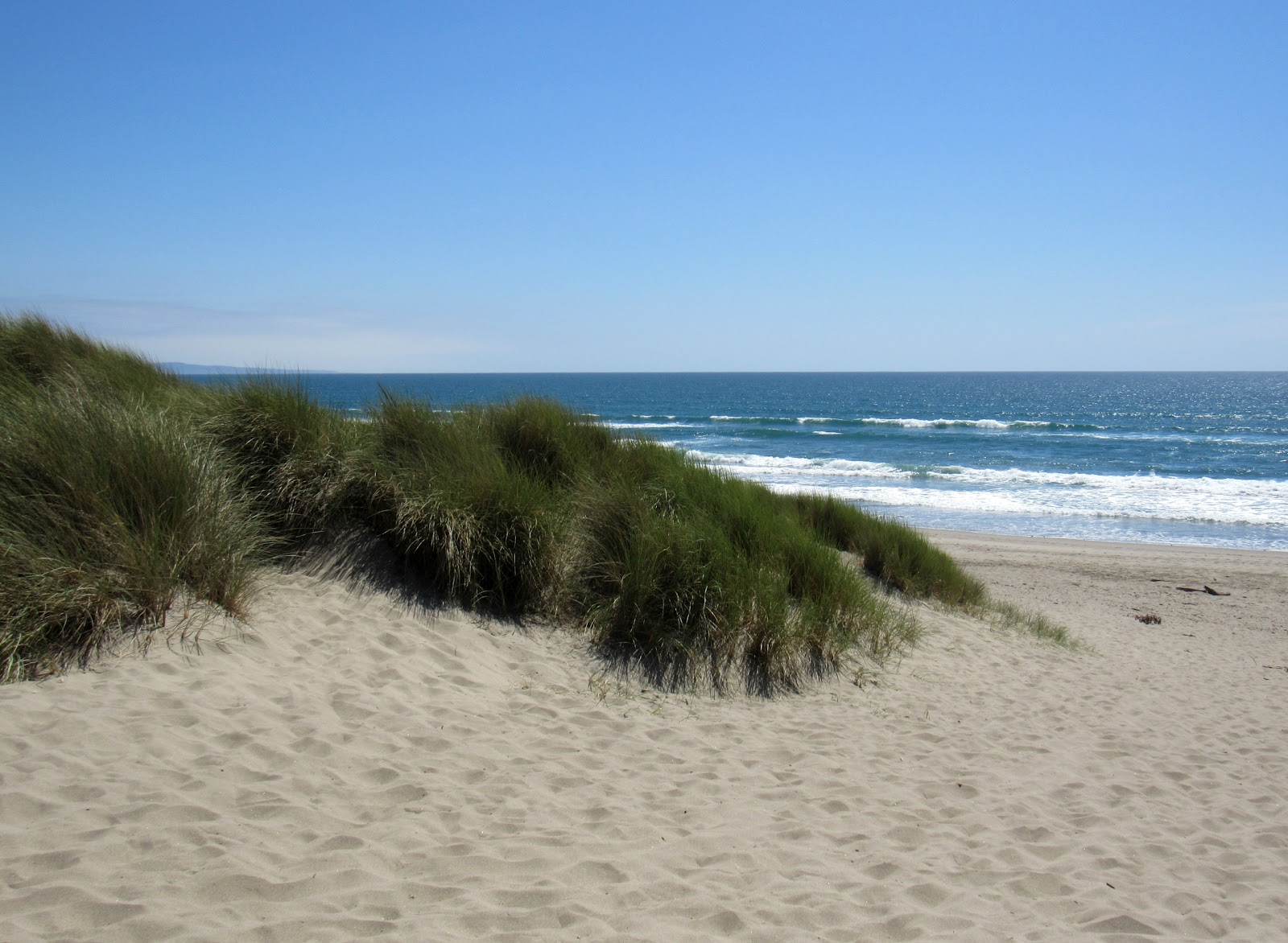
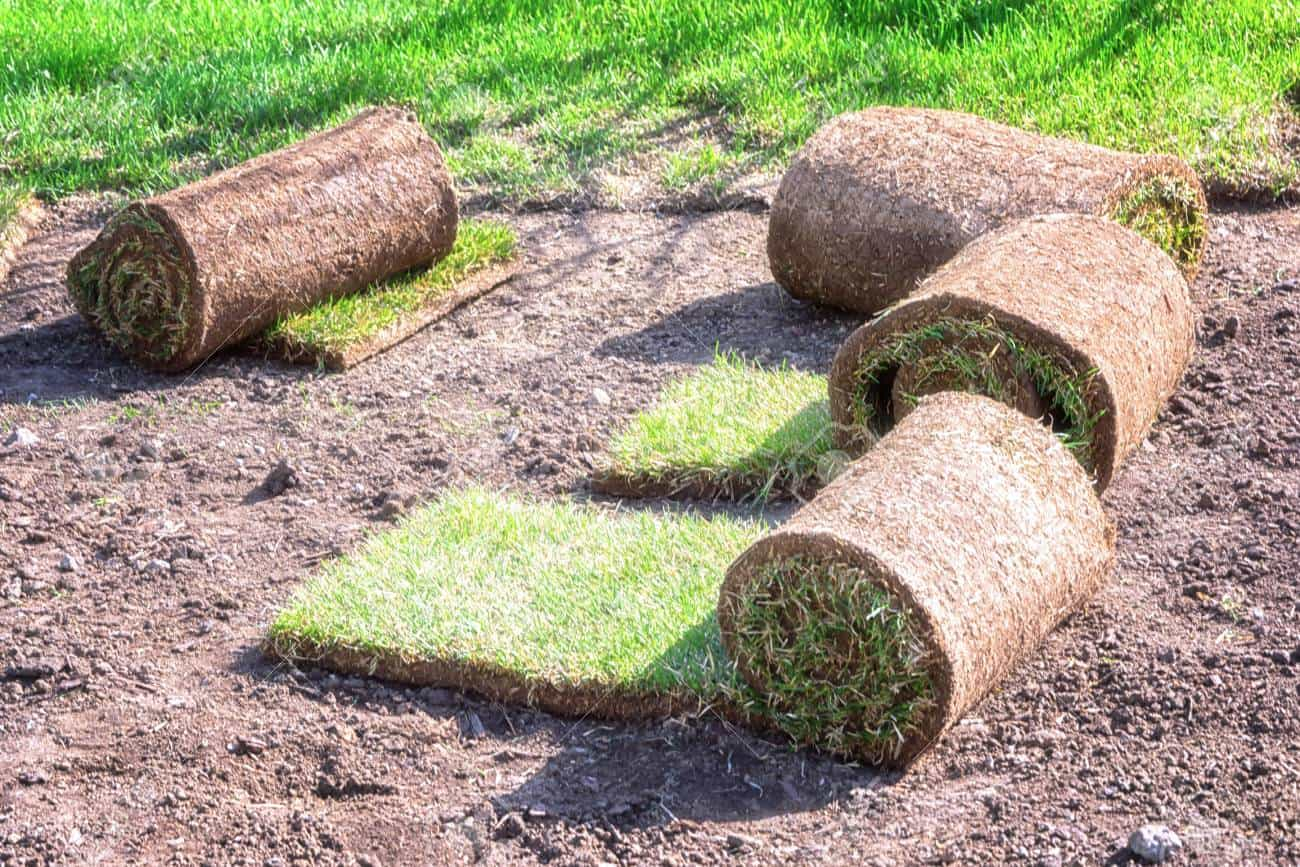
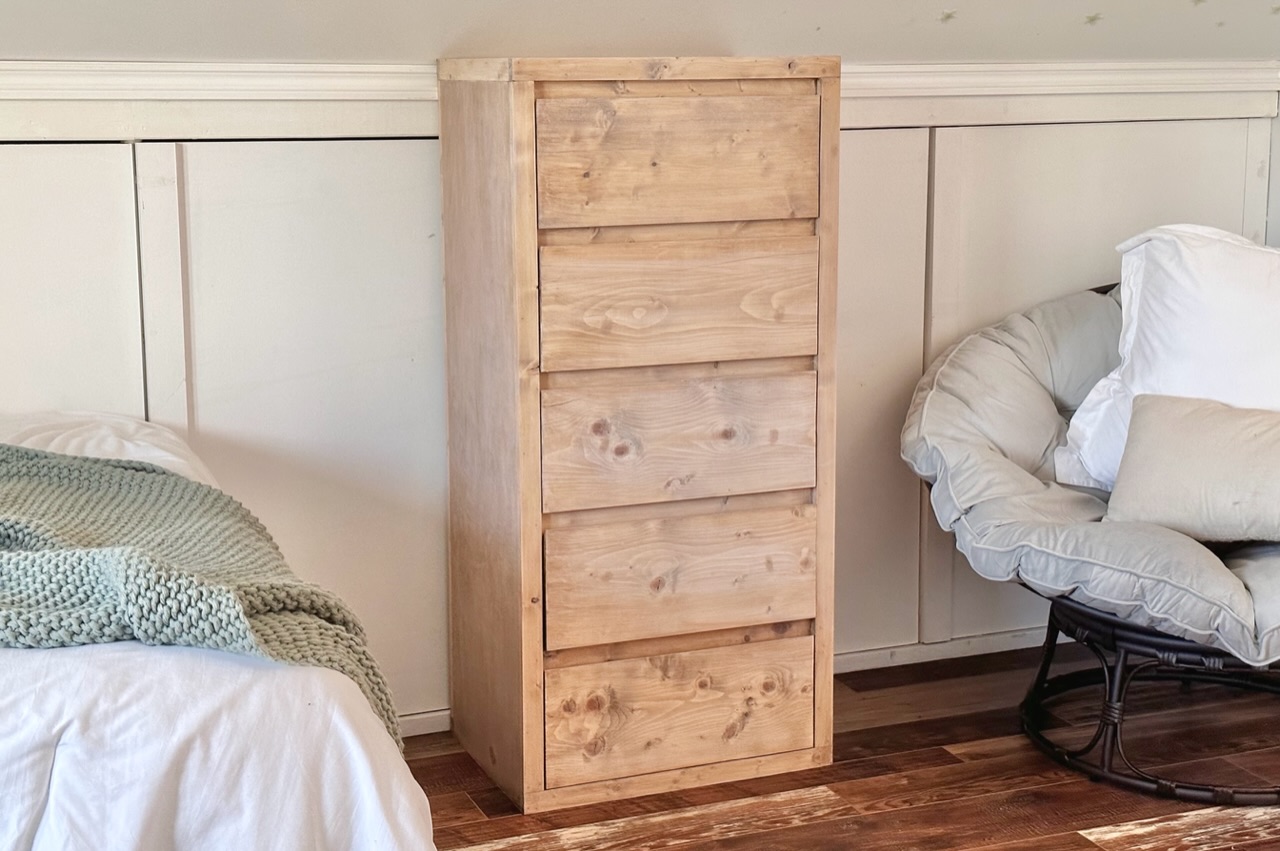

0 thoughts on “What Is A Permanent Awning Called”